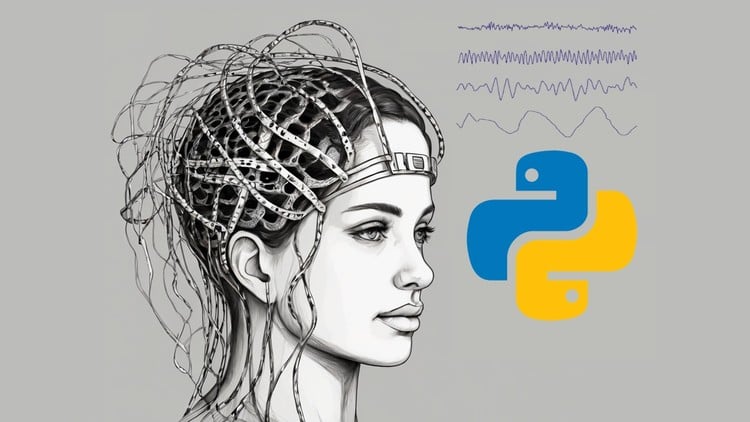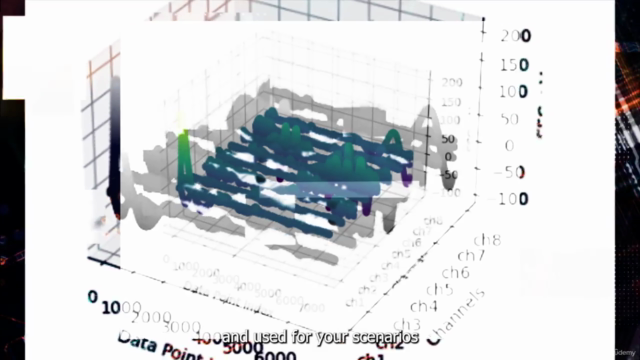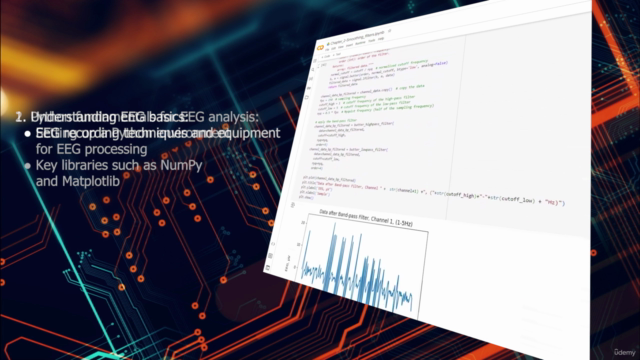Signal processing (Python) for Neuroscience Practical course

Why take this course?
🌟 Signal Processing (Python) for Neuroscience: A Practical Course 🌟
Course Overview:
Embark on a journey into the fascinating world of signal processing using Python, specifically tailored for Neuroscience applications. This course is meticulously designed for neuroscience enthusiasts, researchers, and students who are eager to harness the power of EEG data in their work. With a strong emphasis on practical application, you'll walk away with ready-to-use scripts that can be easily adapted to your real-world projects.
Course Structure:
📚 Lecture 1: Introduction 📚
- Get acquainted with the course and understand the significance of signal processing in neuroscience.
📊 Lecture 2: Connect Dataset and Launch Google Colab 📊
- Learn how to upload datasets and set up your workspace using Google Colab, ensuring a smooth start for your signal processing endeavors.
👀 Lecture 3: Data Visualization 🎉
- Master the art of data visualization with Python, enabling you to interpret neural data accurately and effectively. Discover a range of visualization techniques that will become cornerstones of your analysis.
🔫 Lecture 4: Band-pass Filter 🔫
- Delve into the fundamentals of signal filtering with a focus on bandpass filters. Get hands-on experience designing and applying these filters to EEG data to isolate important frequency components.
✨ Lecture 5: Smoothing Filters 🌟
- Explore various smoothing filters and learn how they can enhance signal clarity without compromising on critical information. See practical examples that demonstrate the application of these filters.
🎶 Lecture 6: Frequency Analysis 🎵
- Engage with techniques for frequency analysis, which are key to understanding the spectral characteristics of neural signals. You'll learn Fourier transforms and other frequency analysis methods with Python.
🧬 Lecture 7: Remove Muscle Artifacts and Component Decomposition 🧪
- Discover effective methods for artificial removal, focusing on component decomposition like Independent Component Analysis (ICA). Learn how to clean your data and refine your analyses.
⏱ Lecture 8: Band-pass Filter in Real-time ⏰
- Understand the principles of real-time signal processing, with a focus on applications like brain-computer interfaces (BCIs). Get hands-on experience building real-time data processing pipelines.
🚀 Lecture 9: Practical Implementation 🔧
- Bring together all the learned techniques to develop your own custom project. Whether for a BCI, neurofeedback system, or other neuroscience applications, this chapter guides you through the practical steps from concept to implementation.
By completing this course, you'll have a comprehensive understanding of signal processing techniques within the context of Neuroscience and be equipped with the skills to apply them to your own projects. This is your stepping stone towards unlocking the potential of neural data and advancing in the field of neuroscience. 🧠✨
Join us now and transform your approach to neuroscience research!
Course Gallery




Loading charts...